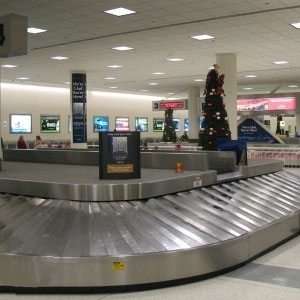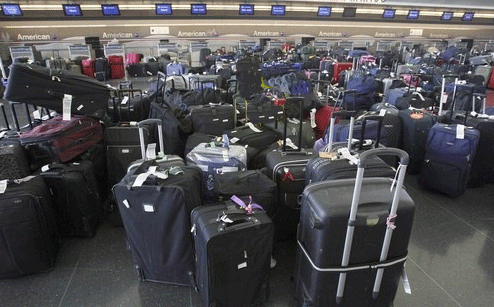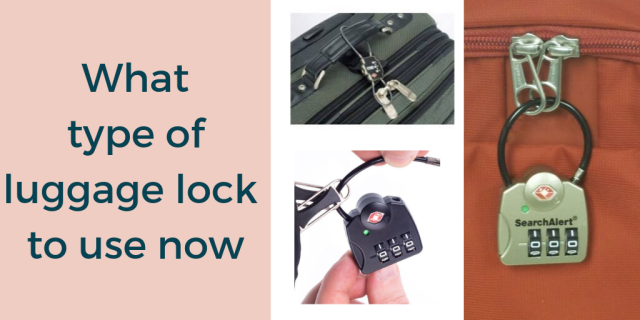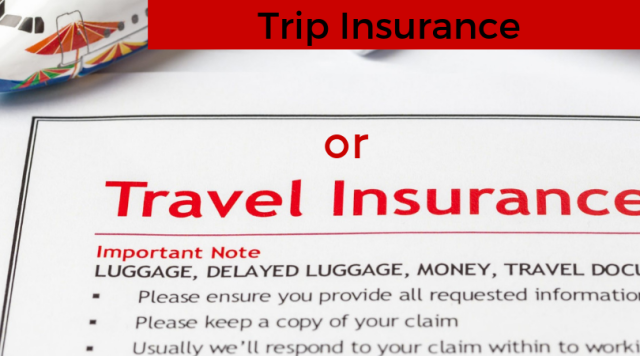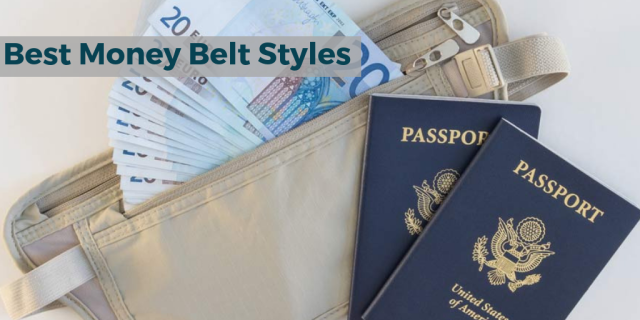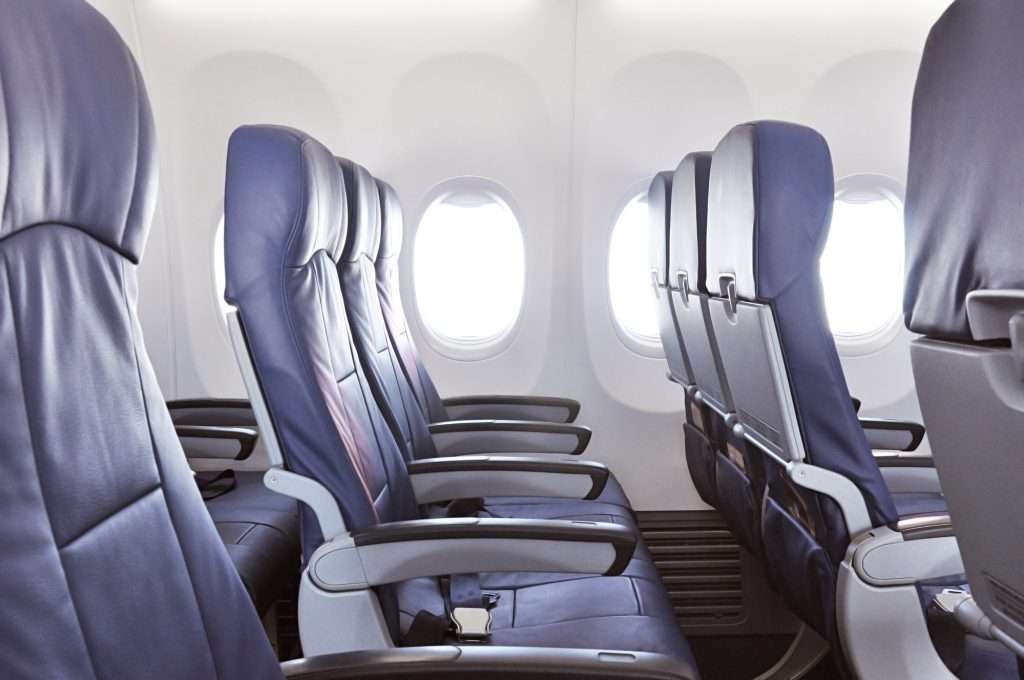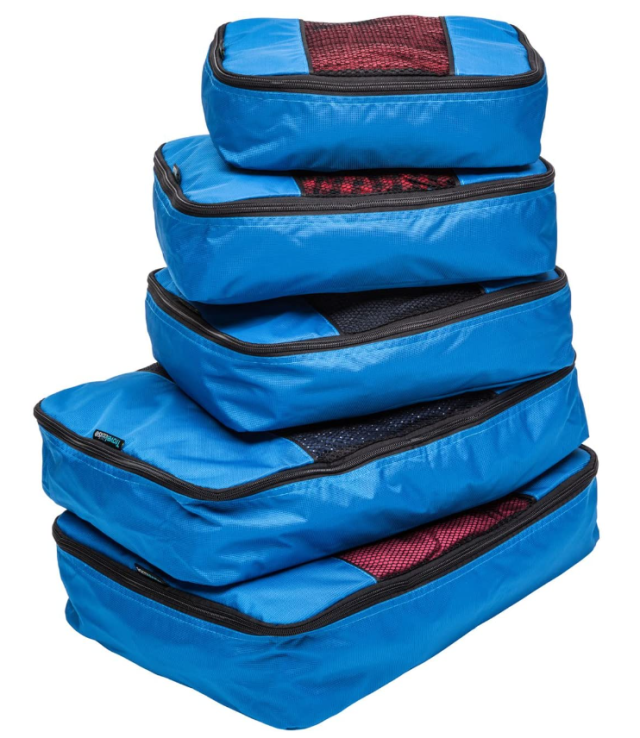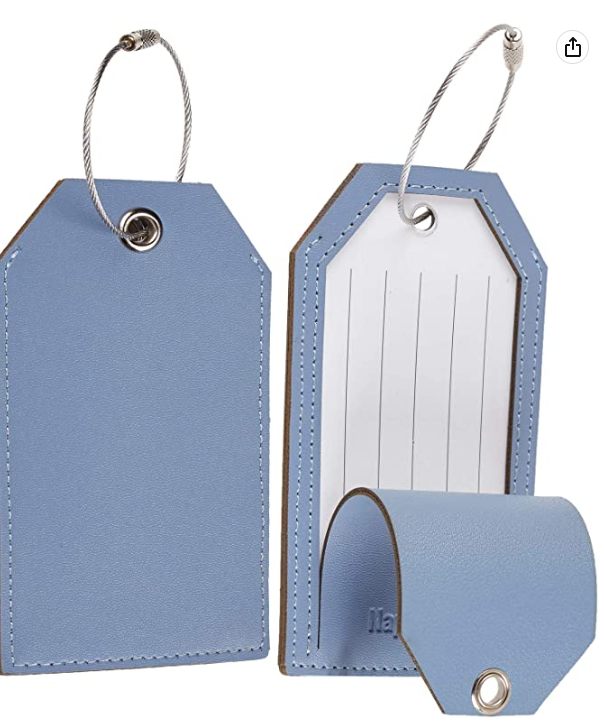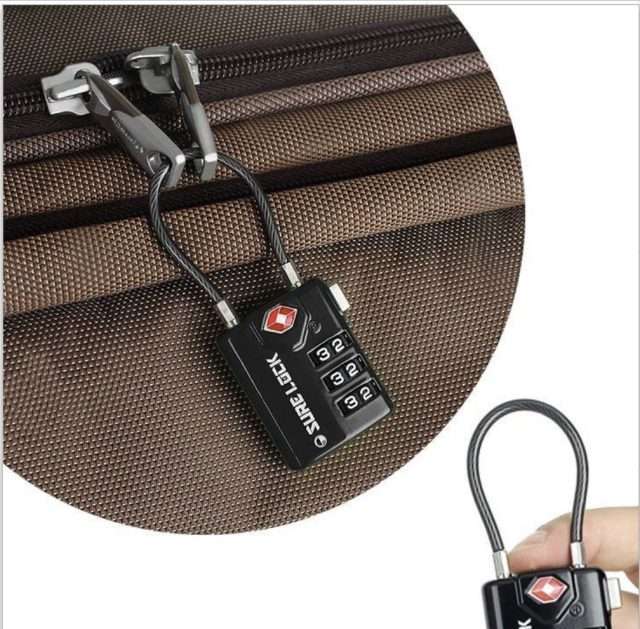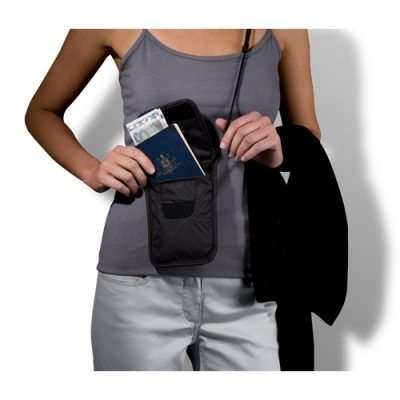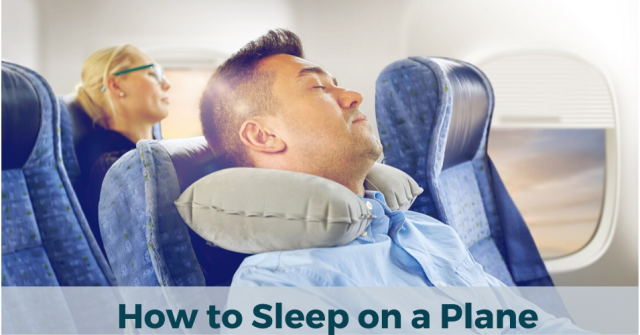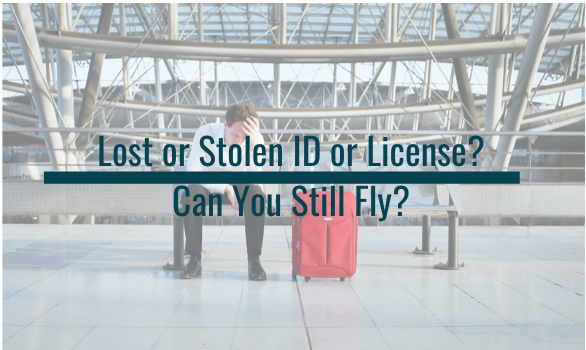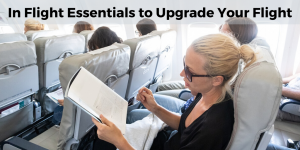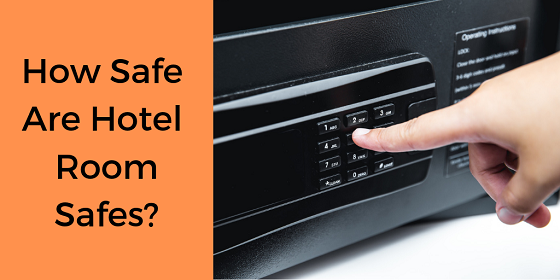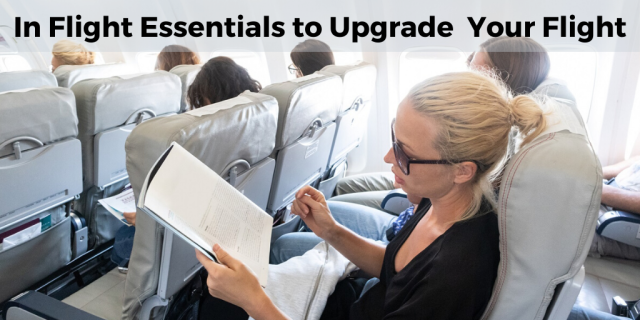This article is all about finding the best travel books and the right resources to start your traveling. Get inspiration on where to visit and what to see to how to travel safely, smoothly, and at within a budget that is comfortable for you. These reads are our picks for complete and realistic advice. Pick a book for inspiration, one for practical how-to advice and once about travel on a budge. Even if you get just one tip from each book the investment in the book will be worth it. Start planning your next trip now.
Travel Inspiration-Where to Experience the World
NatGeo takes you on a photographic tour of the world’s most spectacular destinations, inspiring tangible ideas for your next trip, so we think this is one of the best travel books you should look at. Travel to hundreds of the most breathtaking locales—both natural and man-made—illustrated with vivid images taken by the organization’s world-class photographers. These images, coupled with evocative text, feature a plethora of visual wonders: ancient monoliths, scenic islands, stunning artwork, electric cityscapes, white-sand seashores, rain forests, ancient cobbled streets, and both classic and innovative architecture. Loaded with hard service information for each location, Destinations of a Lifetime has it all: when to go, where to eat, where to stay, and what to do to ensure the most enriching and authentic experience. Learn More
This richly illustrated book from the travel experts at National Geographic showcases the best travel experiences in every state, from the obvious to the unexpected. Sites include national parks, beaches, hotels, Civil War battlefields, dude ranches, out-of-the-way museums, and more. You’ll discover the world’s longest yard sale in Tennessee, swamp tours in Louisiana, dinosaur trails in Colorado, America’s oldest street in NYC, and the best spot to watch for sea otters on the central California coast. Each entry provides detailed travel information as well as fascinating facts about each state that will help fuel your wanderlust and ensure the best vacation possible. In addition to 50 states in the U.S., the book includes a section on the Canadian provinces and territories. Learn More
Lonely Planet: The world’s leading travel guide publisher
Take a journey through every country in the world. 850 images. 230 countries. One complete picture. With details of every United Nations-approved country in the world, and a few more principalities and dependencies besides, Lonely Planet’s Travel Book is the ultimate introduction to a world of travel and the essential travel reference book for every household!
Each country is profiled by Lonely Planet’s expert authors and features details of when to visit, what to see and do, and how to learn more about the country’s culture from its film, music, food and drink. Every entry has a map and statistics about the country. All brand new, incredible photography illustrates each country, depicting what life is like in each nation from photographic portraits of people, beautiful landscape photographs and vibrant street photography. Learn More
The world’s bestselling travel book is back in a more informative, more experiential, more budget-friendly full-color edition. A #1 New York Times bestseller, 1,000 Places reinvented the idea of travel book as both wish list and practical guide. As Newsweek wrote, it “tells you what’s beautiful, what’s fun, and what’s just unforgettable— everywhere on earth.” And now the best is better. There are 600 full-color photographs. Over 200 entirely new entries, including visits to 28 countries like Lebanon, Croatia, Estonia, and Nicaragua, that were not in the original edition. There is an emphasis on experiences: an entry covers not just Positano or Ravello, but the full 30-mile stretch along the Amalfi Coast.
Every entry from the original edition has been readdressed, rewritten, and made fuller, with more suggestions for places to stay, restaurants to visit, festivals to check out. And throughout, the book is more budget-conscious, starred restaurants and historic hotels such as the Ritz, but also moderately priced gems that don’t compromise on atmosphere or charm. Learn More
Master Globetrotting Before You Leave
Best Travel Books That Guide You on How to Travel
Become a travel expert before you leave home.
In this short guide, there are hundreds of tips that will help to enhance your journey. Find out how to select and make the most of your next cruise, how to cope with a long-haul flight and how to write a travel preparation checklist. Discover how to explore any destination, the best tips for escorted tours and the best travel booking tips. Don’t miss the recommendations on travel safety, senior travel and travel photography. And get some inspiration from the travel packing guide.
There is so much to be seen all over the world: breathtaking landscapes, ancient ruins, towns steeped in history, fascinating cultures, and modern marvels. Here is your chance to master the art of successful globetrotting! Don’t leave home without reading it. Learn More
More a guide to travel than a travel guide, Destination Earth transforms how you view travel and its relation to Life. It also provides a philosophical framework for embarking on more meaningful and purposeful travels, whether it is an around the world journey, or an exploration of a region, or even a city. Destination Earth is the product of the author’s unique 6.5-year continuous around the world journey, during which he visited 70 countries on 6 continents and treated the world as if it were a single destination. From Chile and Argentina to Thailand and Japan, Destination Earth explores the delicate and invisible interconnections of nations and countries, people and cultures, and delves deep into all aspects of travel and its transformational power: Learn More
· How to create a wise-line of travel through any region
· How to go about capturing the Soul of a country
Best in Class for Budget Travel
Now in its fifth edition, The Rough Guide to Europe on a Budget has all you need to know for an out-of-this-world trip that won’t affect your credit rating. Leave financial woes behind and get to grips with every corner of the continent, from awe-inspiring Stonehenge to the jaw-dropping Sistine Chapel, blissful beaches on Croatia’s Brac and cool beers in Budapest’s ruin pubs.
Handy itineraries will help you decide your route, clear, color-coded maps let you plan your days and gorgeous photos will have you rearing to go. Combined with in-depth descriptions of all the key sights and painstakingly researched recommendations for the best hostels, hotels, campsites, cafés, restaurants, bars, and clubs, The Rough Guide to Europe on a Budget reveals the continent in all its glory, without breaking the bank.
And if you do feel like splashing out occasionally, “treat yourself” boxes offer inspiration – take a dip in the rooftop pool at Bath’s Thermae Spa or track down Wroclaw’s most mouthwatering pierogi, for example. Make the most of your European adventure with The Rough Guide to Europe on a Budget which includes countries like Albania, Austria, Belgium & Luxembourg, Bosnia-Herzegovina, Bulgaria, Croatia, Czech Republic, Denmark, Estonia, Finland, France, Germany, Great Britain, Greece, Hungary, Ireland, Italy, Latvia, Lithuania, Macedonia, Montenegro, Morocco, The Netherlands, Norway, Poland, Portugal, Romania, Russia, Serbia, Slovakia, Slovenia, Spain, Sweden, Switzerland, Turkey, and Ukraine. Learn More
For over a decade, Matt Kepnes (aka Nomadic Matt) has used his massively popular travel blog to teach readers how to travel the world on a budget.
Traditional media shows you expensive hotels, resorts, cruises, and packages because that’s what makes them money. They make you believe you have to spend lots of money to have a great experience traveling. This book will show you why that is a lie and how you can visit any destination in the world.
If you’ve ever dreamed of traveling the world, flying off to Europe, a honeymoon in the Seychelles, or just taking your family to Disney or a trip to London, How to Travel the World on $50 a Day will give you the practical, step-by-step instructions to get you there – from start to finish on $50 a day (or less). Matt reveals the tips, tricks, and secrets to comfortable budget travel that you won’t find anywhere else with over 100 new pages of updated content in this third edition. He interviews dozens of other travelers about their success on the road and how you can apply that to your own trip.
There has to be a better way to travel cheap over the long-term and save money. Ryan Shauers’ new book Big Travel, Small Budget helps you look at long-term travel in a whole new way. Based on the lessons learned in nearly three years of travel, this book will show you how to save money traveling and provide you with an inexpensive path to a rich life. Introducing: Big Travel, Small Budget – How to Travel More, Spend Less, and See the World. This book includes sections on:
- How much money you really need to have on hand and how long it will last you (it probably isn’t as much as you think).
- How traveling as an overlander can be one of the most liberating (and affordable) ways to travel.
- How to fly around the country or around the world for pennies on the dollar.
- How you can move overseas, become a temporary expat, and live nearly rent-free thanks to the new sharing economy.
- How to find lodging for weeks or even months in some of the most desirable places around the world and not pay for it.
- Your biggest obstacle to achieving your travel dreams (and how to overcome it).
- It’s time to stop putting off your travels for “someday” start traveling now. Learn More

I’ve traveled to over 50 countries and want to share what I learned with you. I’ll put your mind at ease with honest advice and relatable anecdotes, giving you a sense of what it’s actually like.
You’ll learn the pros and cons of different travel styles and destinations, how to fund your travels and save on expenses, and how to avoid common pitfalls in your planning phase. The book also prepares you for any social, cultural, or personal challenges you might face on the road. By the end, you’ll be armed with all the tips and knowledge you need to fully enjoy the trip of a lifetime! Learn More
Topics include:
- Creating a realistic travel plan
- Budgeting and funding your trip
- Packing the smart way (and what to leave at home)
- Dealing with visas, currencies, insurance, travel health, and more
- Saving money on airfare, accommodation, and local tours
- Overcoming cultural and language barriers
- Enriching your trip with authentic experiences
- Dealing with travel adversities (and staying out of trouble!)
These books are great starting points to find the best travel book for you, your passions, and your budget.












